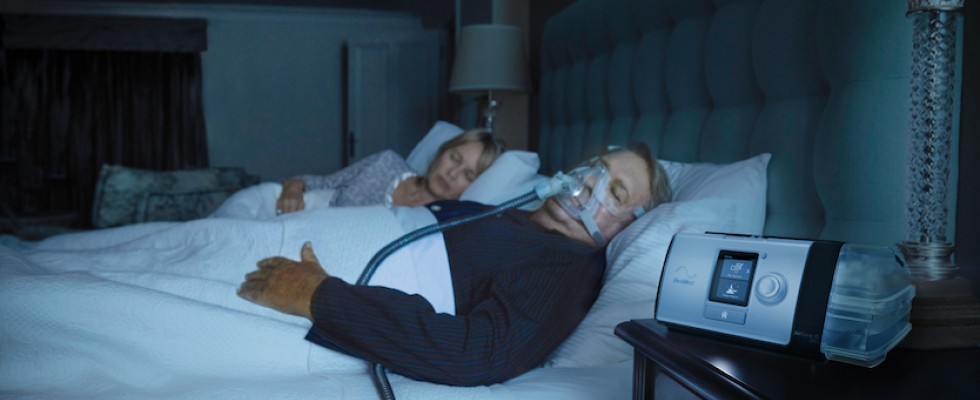
As this historic year comes to a close, another public health situation (albeit a more predictable one) is upon us: the annual flu season.
More than seven months into the COVID-19 pandemic, the 2020-2021 flu season is beginning in the northern hemisphere. This double threat is concerning for sleep apnea patients who use CPAP therapy and may have other health issues like chronic obstructive pulmonary disease, Type 2 diabetes or other underlying medical conditions that bring the risk of severe illness if infected. While flu cases typically start to peak in December, it is important for health care and home medical equipment providers to educate patients now on the importance of proper CPAP use and how they can get optimal sleep, which can help help strengthen their immune systems.
Here are four key things that can help sleep apnea patients using CPAP therapy optimize their health this flu season.
1. Ensure they are properly fitted for CPAP masks and recommend a device that meets their needs
For sleep apnea patients, the immediate steps following a diagnosis are pivotal for a positive experience. Beginning therapy with the right mask is one of the most important factors in adherence, as a properly fitted mask is more comfortable for either a newly diagnosed or a long-time user. Over time, poorly treated sleep apnea can increase the risk of an array of chronic illnesses, including hypertension, heart disease and high blood pressure, and has most recently been linked to a heightened risk of Alzheimer’s disease. A digital fitting tool can help sleep clinicians remotely fit their patients for a new mask.
It’s also important to understand patients’ lifestyle and health needs so you can recommend a CPAP device they will feel comfortable using. For example: what is their budget? Do they have a bed partner? Do they need a CPAP with a built-in humidifier to prevent dry nose and mouth? Also, if they travel frequently, they may need a more compact travel CPAP machine and should consider backup battery options.
2. Recommend regular cleaning of CPAP machines, masks and all other accessories.
Patients should always be cleaning their CPAP equipment as directed, but it’s even more important during this flu season. If they do become ill, it’s important to keep surface areas clean.
3. Use digital tools like remote monitoring to increase adherence.
While non-connected PAP devices yield roughly 50% adherence, remotely monitored patients have as much as 75% adherence. Consumer-friendly communication and connectivity apps that include simple text messages and digital health tools can improve adherence to as high as 87%.
During COVID-19, there has also been a significant uptick in the use of telemedicine and remote health monitoring because patients have been reluctant to visit physicians for in-person appointments but didn’t want to miss potentially life-saving care. Tests to diagnose sleep apnea that were once administered in a formal lab can now be taken at home to reduce the risk of exposure to viruses and bacteria, including the novel coronavirus and flu.
4. Emphasize the importance of maintaining good sleep hygiene to keep the immune system strong.
Poor sleep hygiene has been linked to a depression of the immune system, inviting colds and the common flu as well as more severe illnesses. A consistent sleep schedule with seven to nine hours of nightly sleep can enhance immunity against viruses and decrease the risk of life-threatening illnesses, including cardiovascular disease, Type 2 diabetes and depression. Proper rest is especially important for patients with pre-existing conditions to prevent aggravating their symptoms.
During these unprecedented and often stressful times, care providers can be a helpful partner to sleep apnea patients by providing tips and tools to improve their adherence to CPAP therapy, helping patients stay healthy while helping prevent COVID-19 and the annual flu
